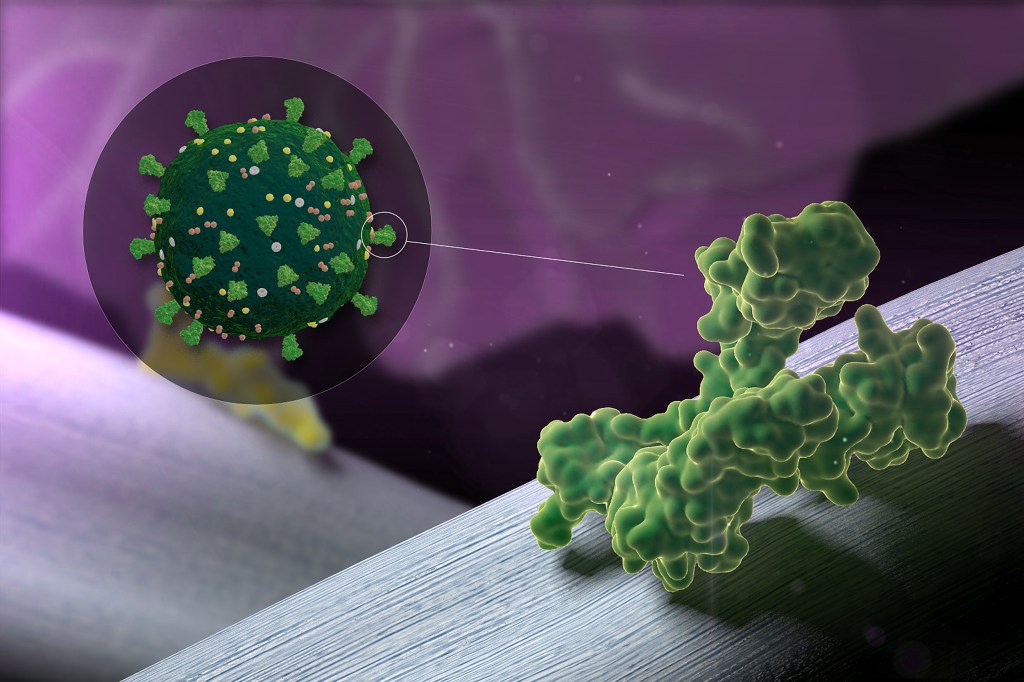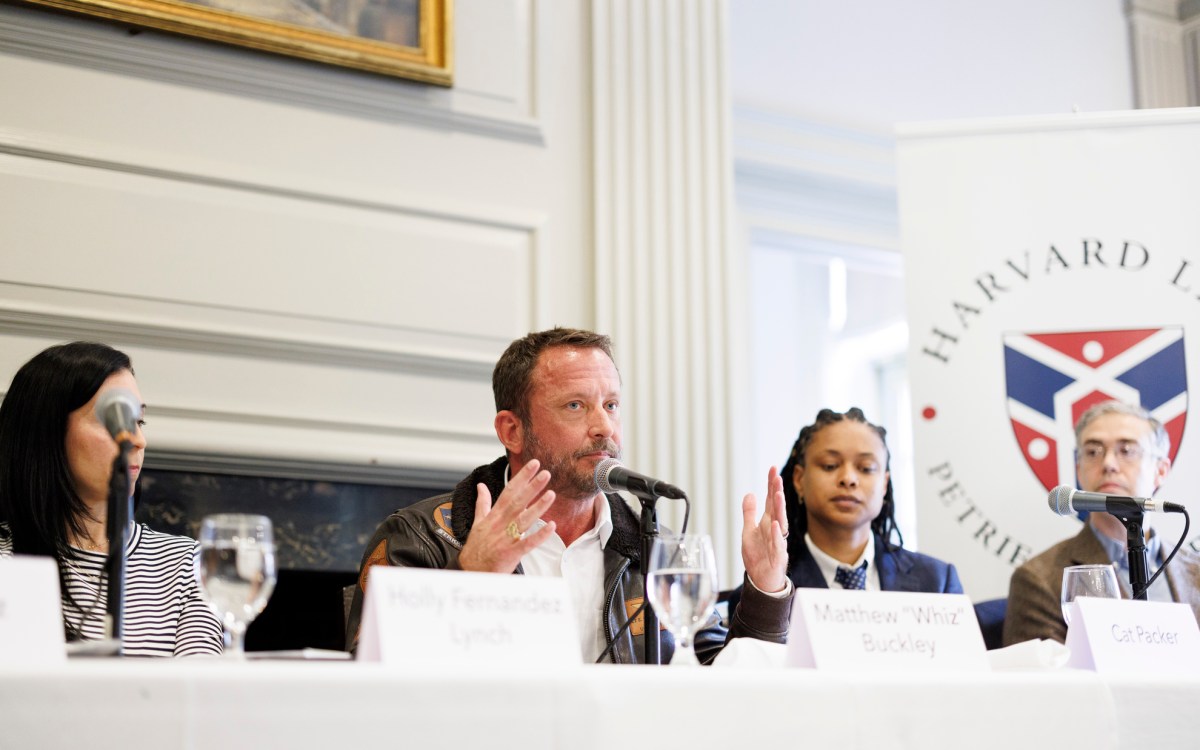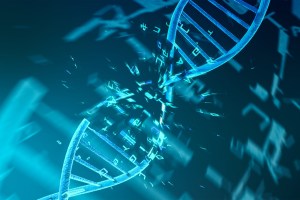Science & Tech
-

Cracking the code of why, when some choose to ‘self-handicap’
New research also offers hints for devising ways to stop students from creating obstacles to success

-

How memory works (and doesn’t)
In podcast, scientists explain why remembering is more reconstruction than replay
-
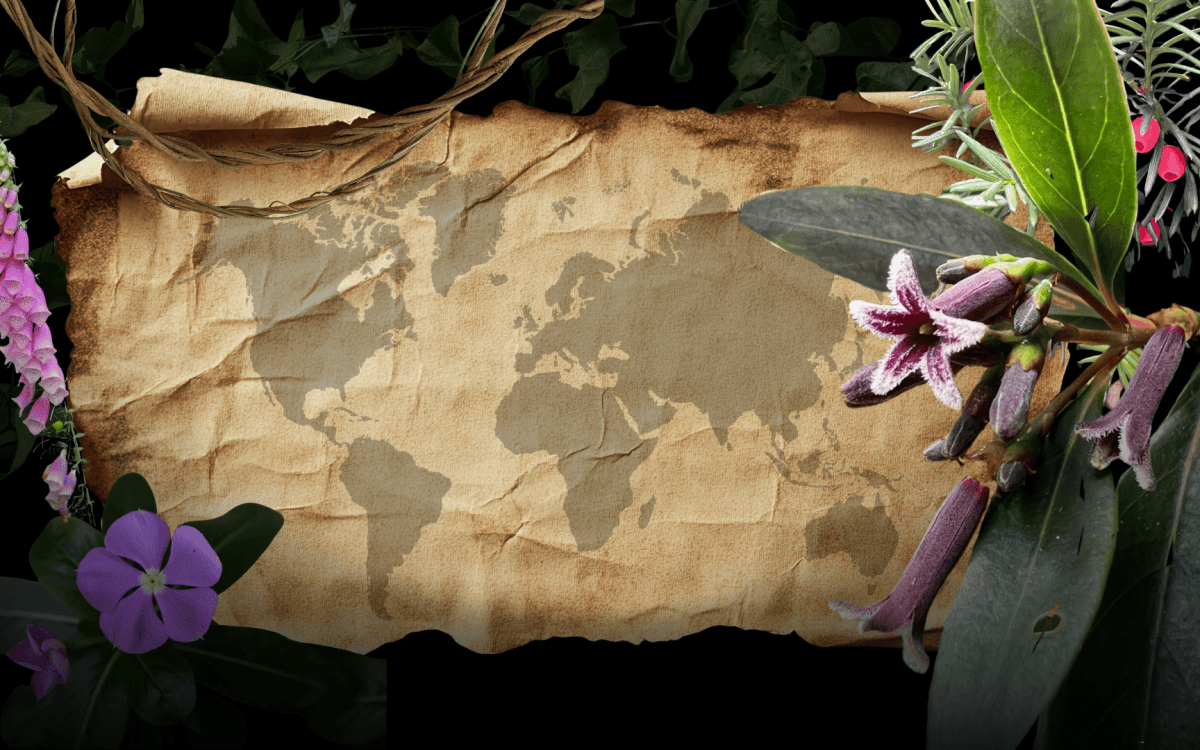
Mapping our deep-rooted relationship with medicinal plants
Regions with longer histories of human settlement tend to have greater variety, study finds
-
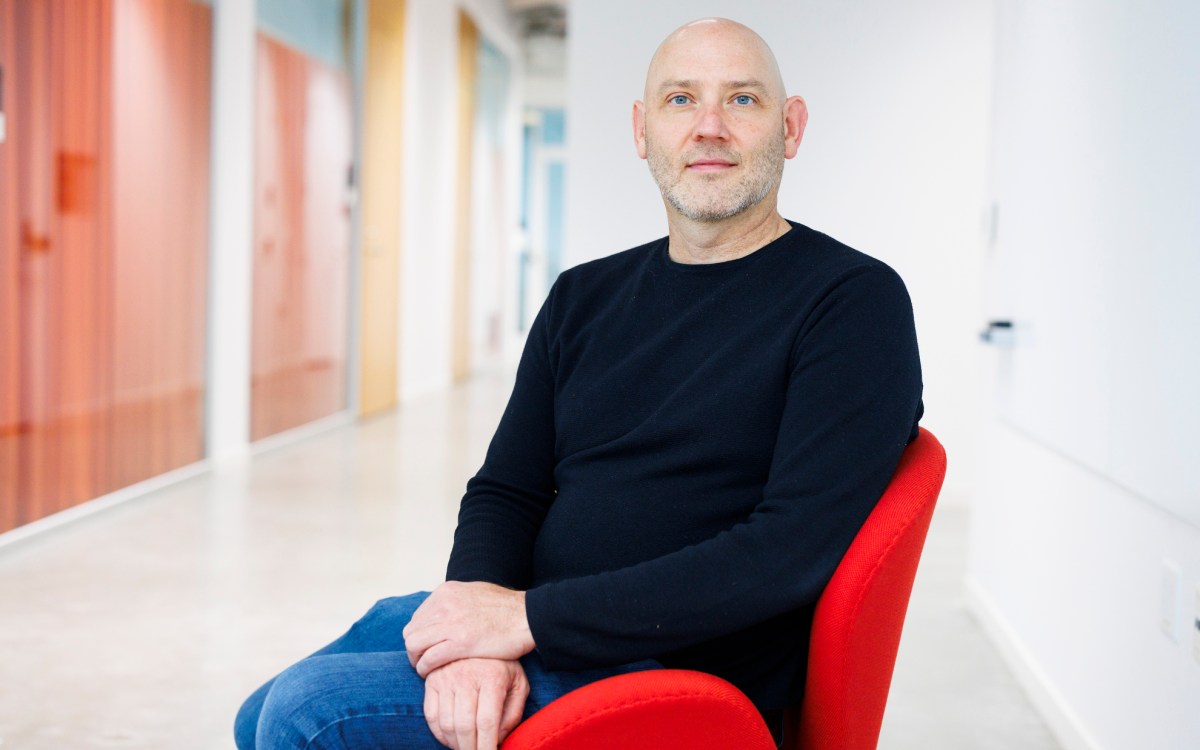
Technically, it’s possible. Ethically, it’s complicated.
Surge in AI use heightens demand for Harvard program that examines social consequences of computer science work
-
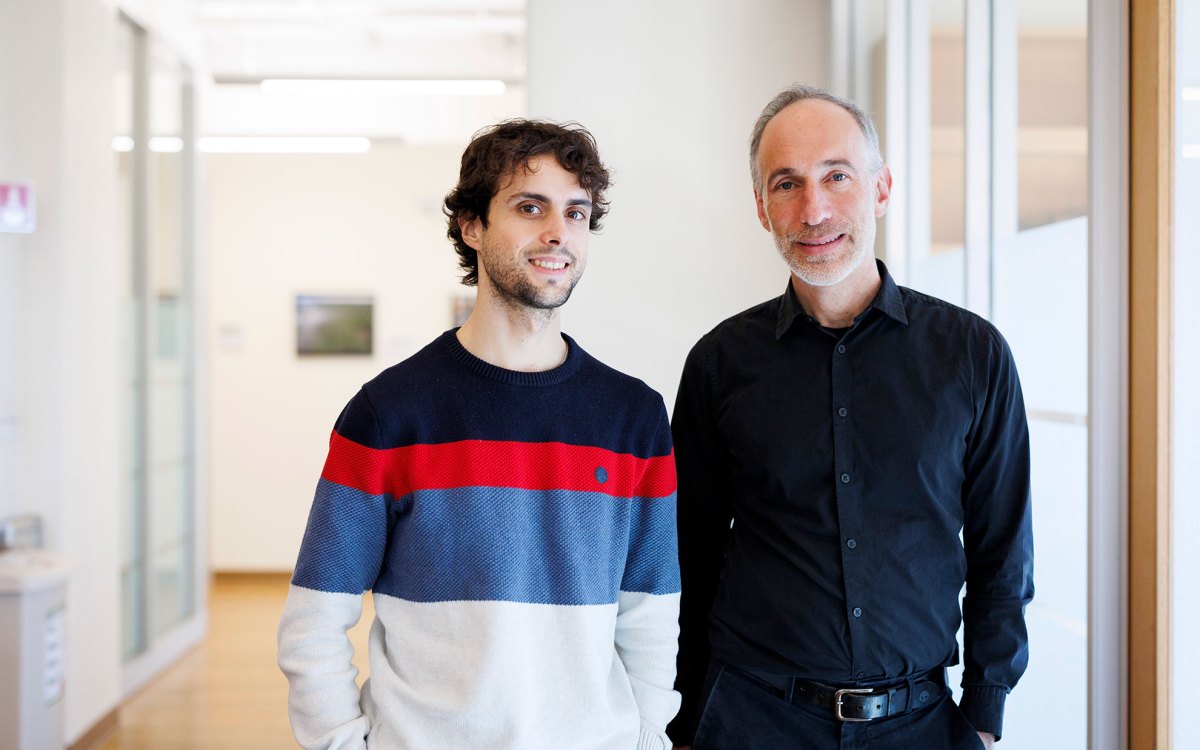
Solving mystery at tip of South America
Study finds previously unknown ancient lineage of indigenous people, which gave rise to surprisingly diverse mix of cultures

-
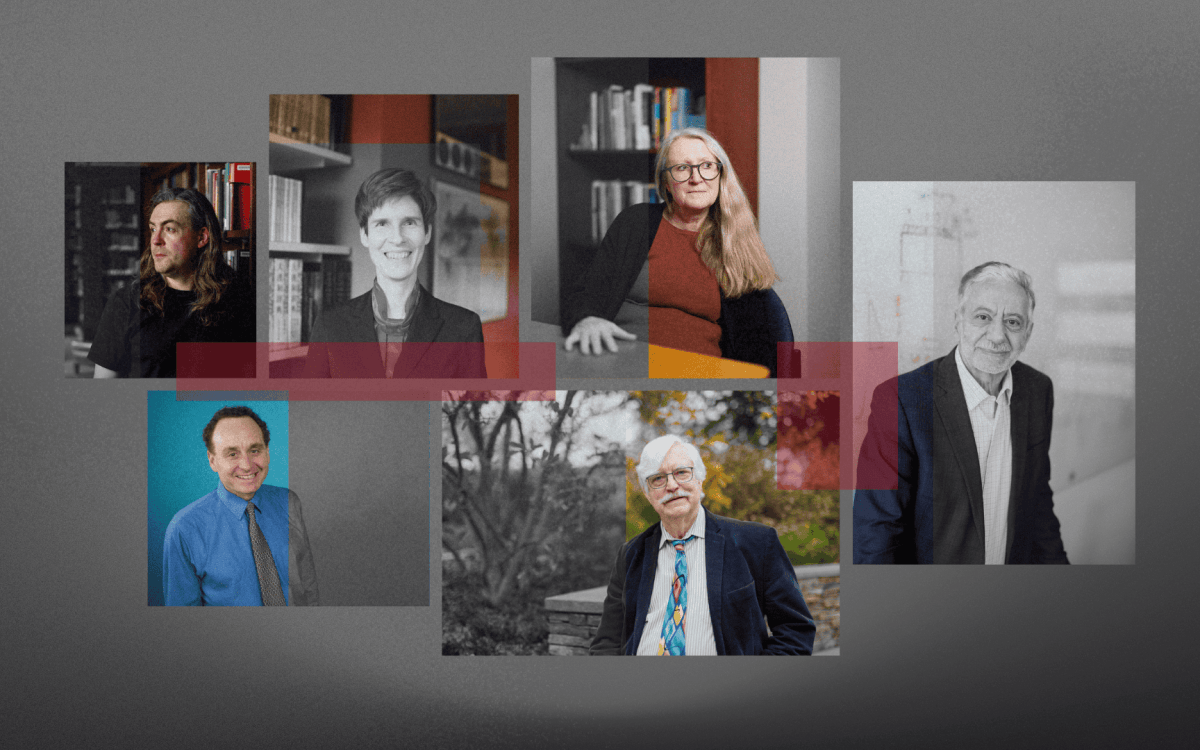
Is AI dulling our minds?
Experts weigh in on whether tech poses threat to critical thinking, pointing to cautionary tales in use of other cognitive labor tools
-
Why do we get so picky about friendship late in life? Ask the chimps
Understanding why older chimps tend to favor small circles of meaningful, established friendships rather than seek new ones may help scientists gain a better picture of what healthy human aging should look like and what triggers this social change.

-
Enzymatic DNA synthesis sees the light
Controlling a DNA-synthesizing enzyme with photolithographic methods from the computer chip industry facilitates multiplexed writing and storage of digital data in DNA.

-
Frère Jacques, are you sleeping?
Researchers at Harvard’s Music Lab have determined that American infants relaxed when played lullabies that were unfamiliar and in a foreign language.
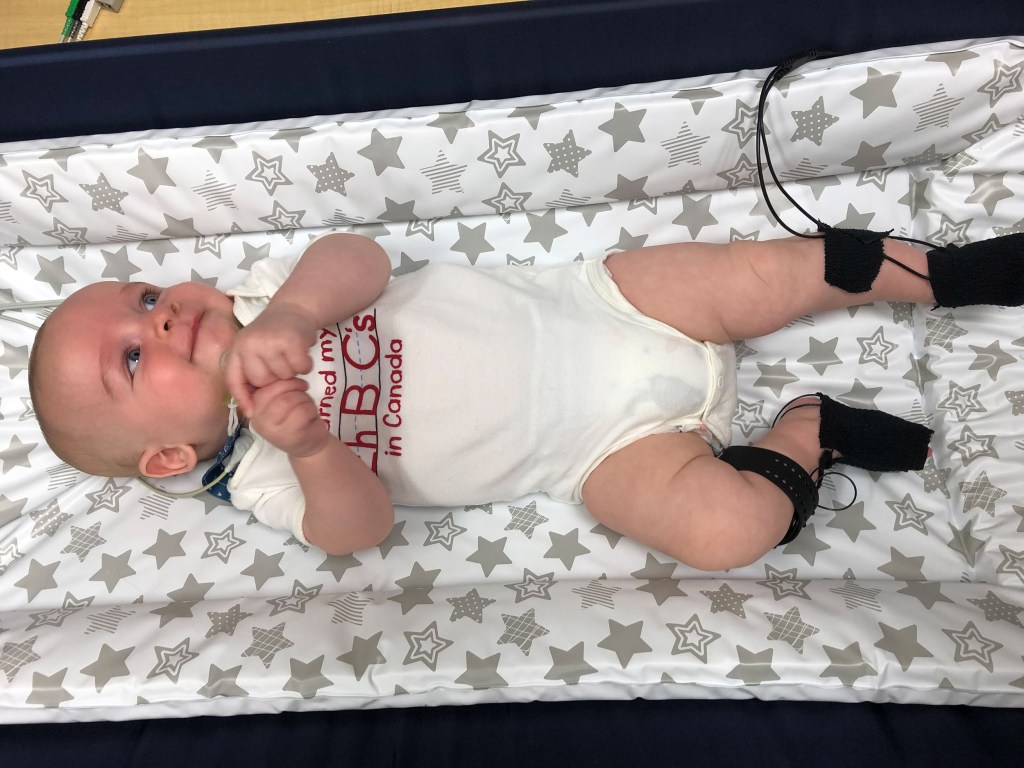
-
Trailblazing initiative marries ethics, tech
Faculty from the Computer Science and Philosophy departments join forces in a successful new undergraduate initiative, Embedded EthiCS, to change the way computer scientists think about the ethical implications of new technology.

-
Pandemic academics
A new Harvard course challenges students to use science to evaluate COVID-19 policies.

-
Deep learning takes on synthetic biology
Computational algorithms enable identification and optimization of RNA-based tools for myriad applications.
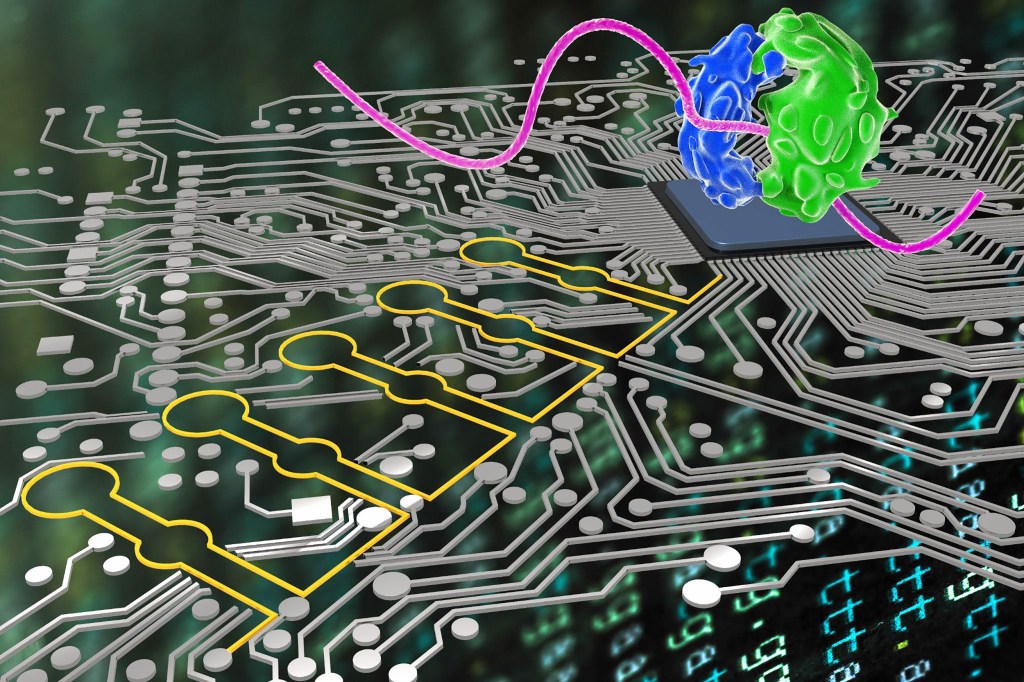
-
A timeline on the evolution of reptiles
A new study by a team of Harvard-led researchers contradicts a widely held theory that major transitions in evolution always happened in big, quick (geologically speaking) bursts, triggered by major environmental shifts.
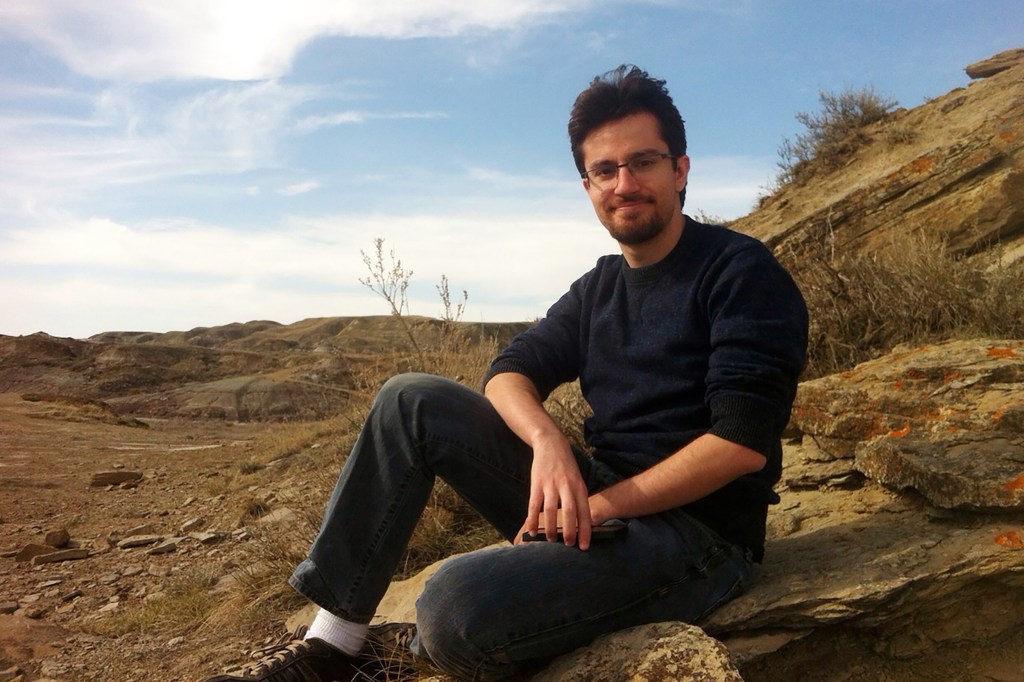
-
Six-year deluge linked to Spanish flu, World War I deaths
A new study of ice-core data shows that an unusual, six-year period of cold temperatures and heavy rainfall coincided with European deaths during the 1918 Spanish flu.
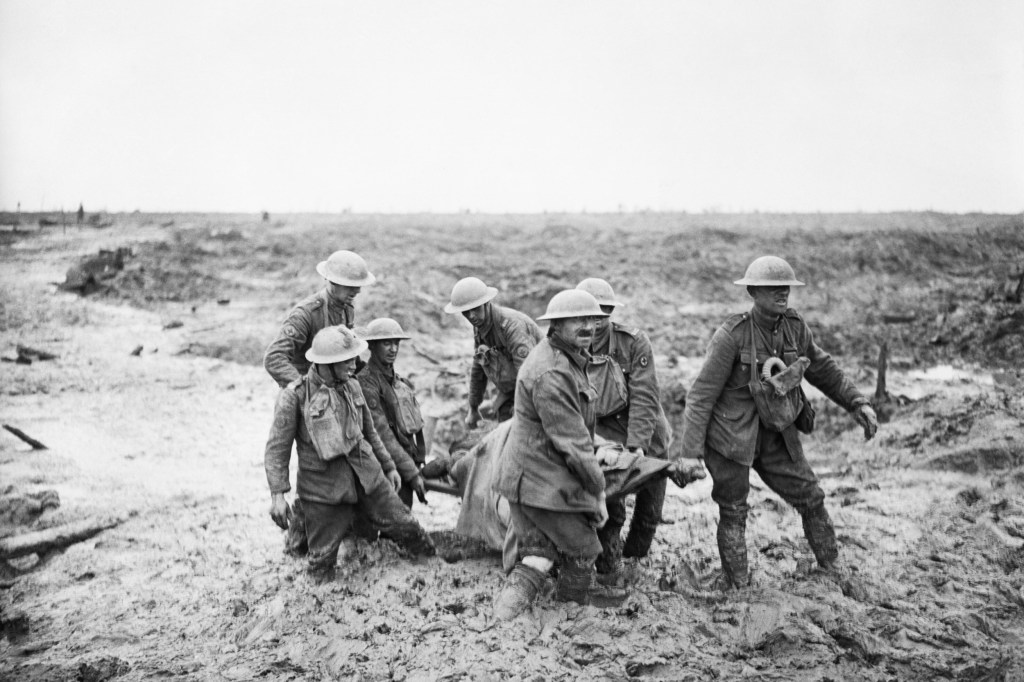
-
Interplanetary storm chasing
Harvard researchers use a 3D model to figure out how a hexagon-shaped mega-storm on Saturn was formed.

-
How cells sort themselves
Researchers have discovered a key control mechanism that cells use to self-organize in early embryonic development.
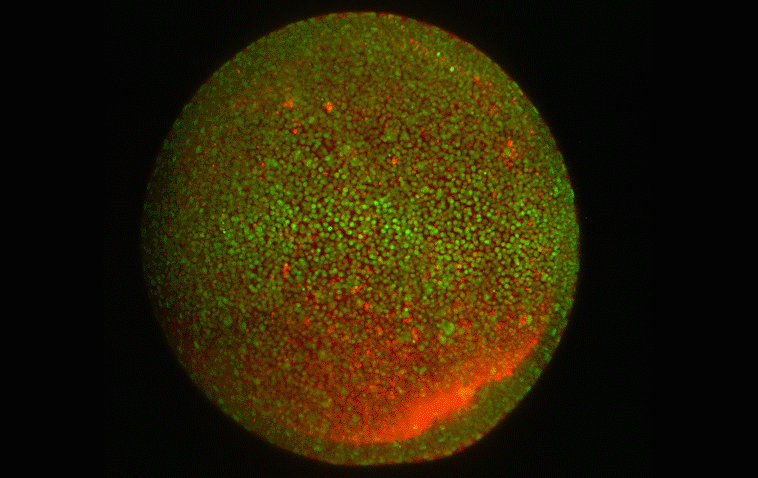
-
When it hits 100 degrees in Siberia …
With the threat of extreme heat rising, from California to Siberia, we ask climate scientist Peter Huybers what to expect in the future.

-
Infection detection
“Viral history” tool VirScan offers new insights into antibody response to SARS-CoV-2.
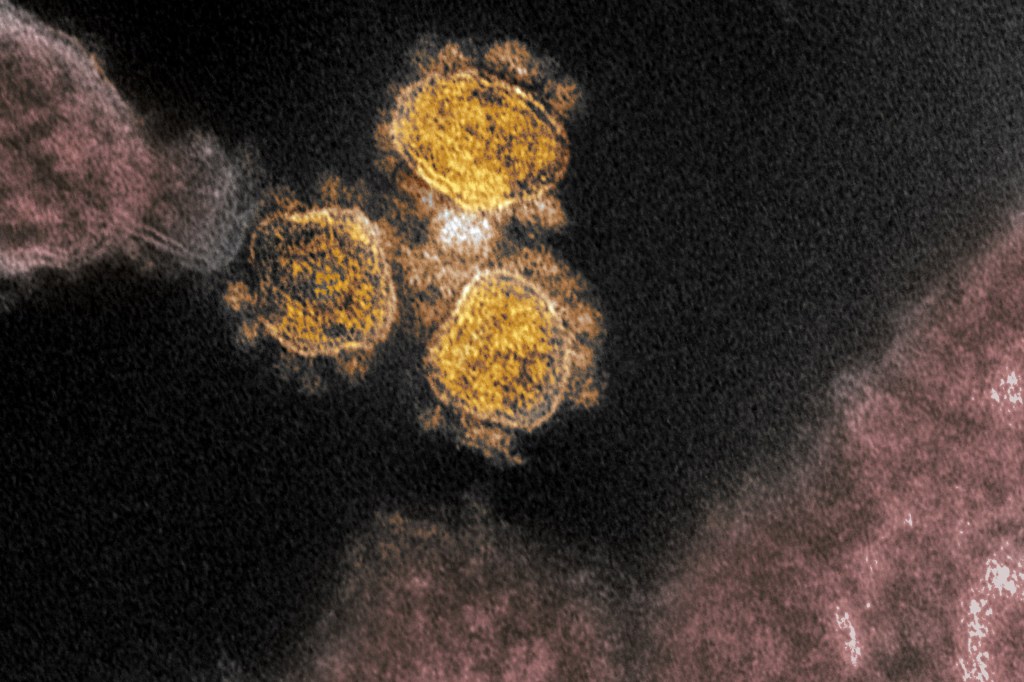
-
A model of how museums can share their collections more widely
Harvard has digitized 19th-century glass models of 15 marine invertebrates made by Rudolf and Leopold Blaschka. The 3D models are the result of between 250 to 700 images that had to be taken per glass piece.
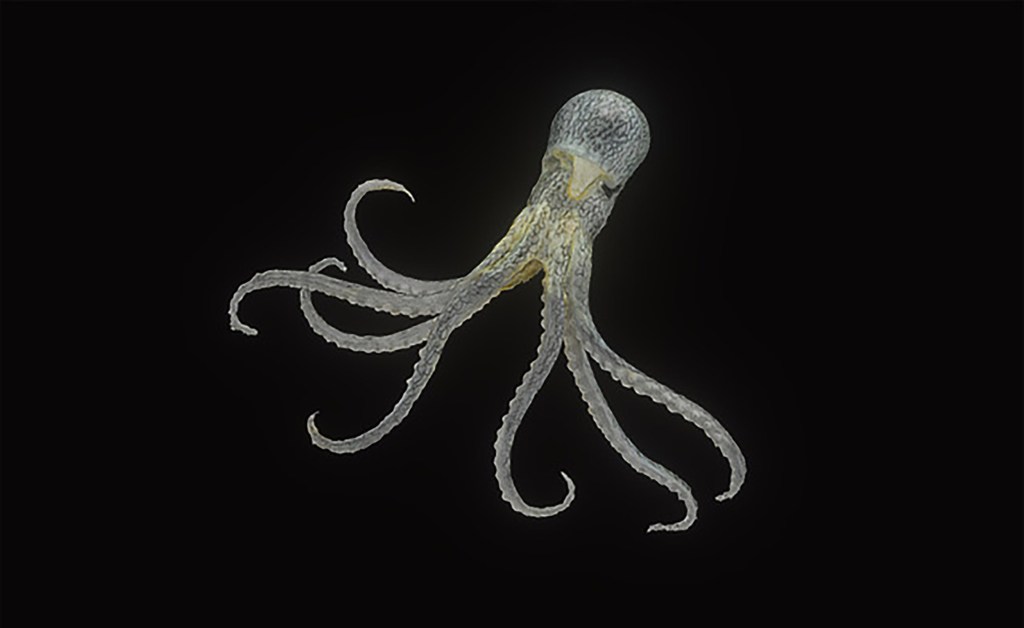
-
A map of the human heart
Highly detailed map of the human heart could guide personalized heart treatments.
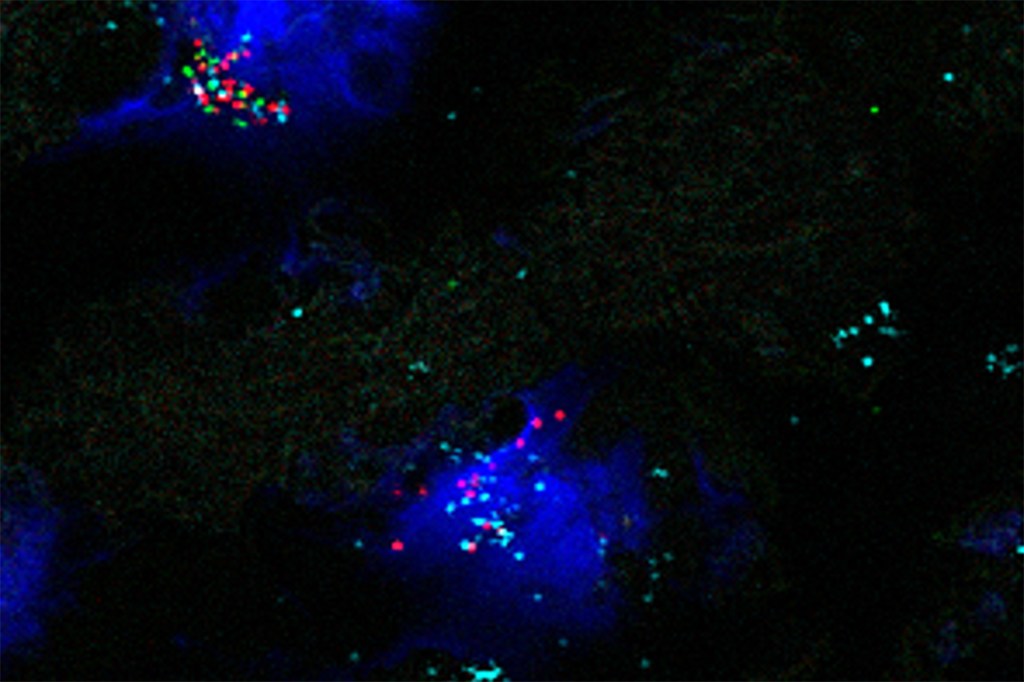
-
An emergency response team for data?
Data science provides a foundation for an important front in the battle against COVID-19. The Harvard Data Science Review, a journal of the Harvard Data Science Initiative, is helping keep data scientists connected and up to date on the latest findings.
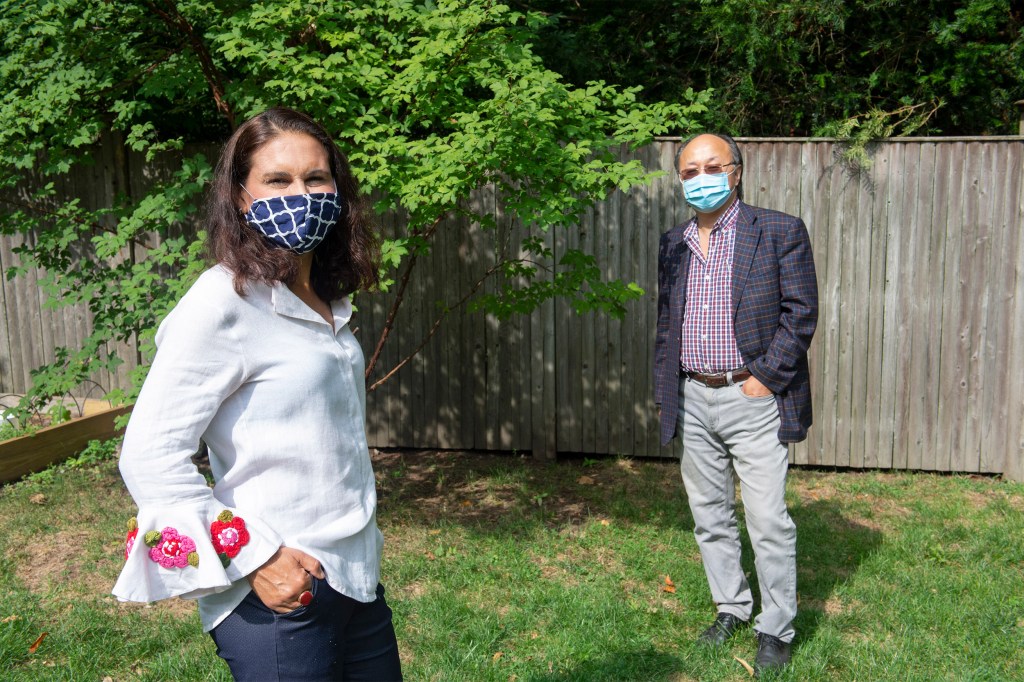
-
Your shoes were made for walking. And that may be the problem
Toe springs in shoes make walking easier but may come at a cost.
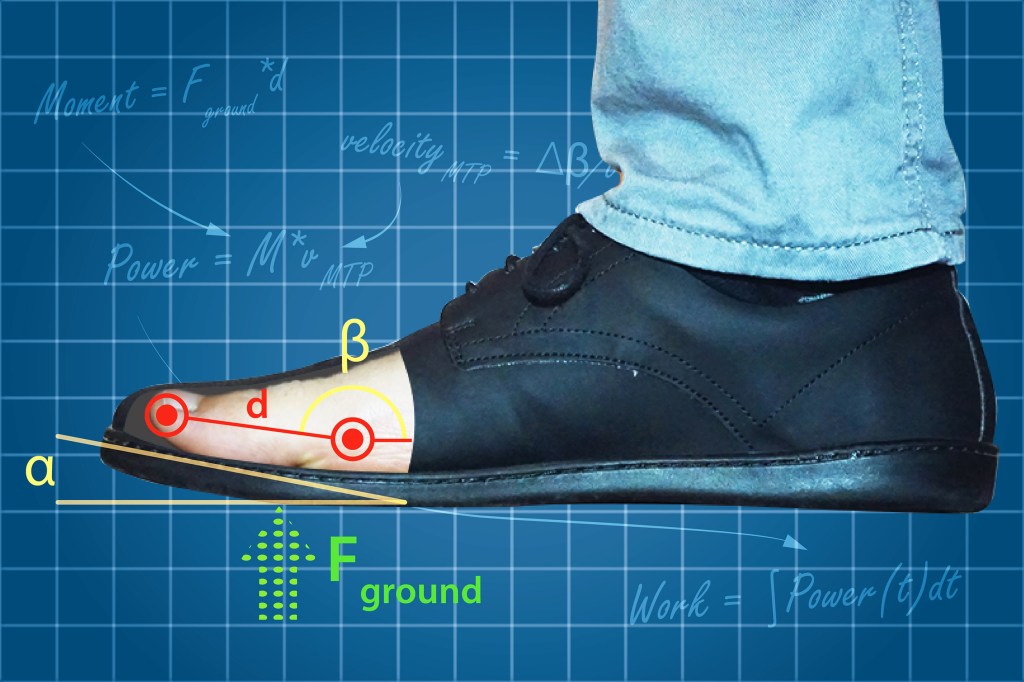
-
How the West became WEIRD
In his new book Joe Henrich looks at how the West became psychologically peculiar and prosperous.
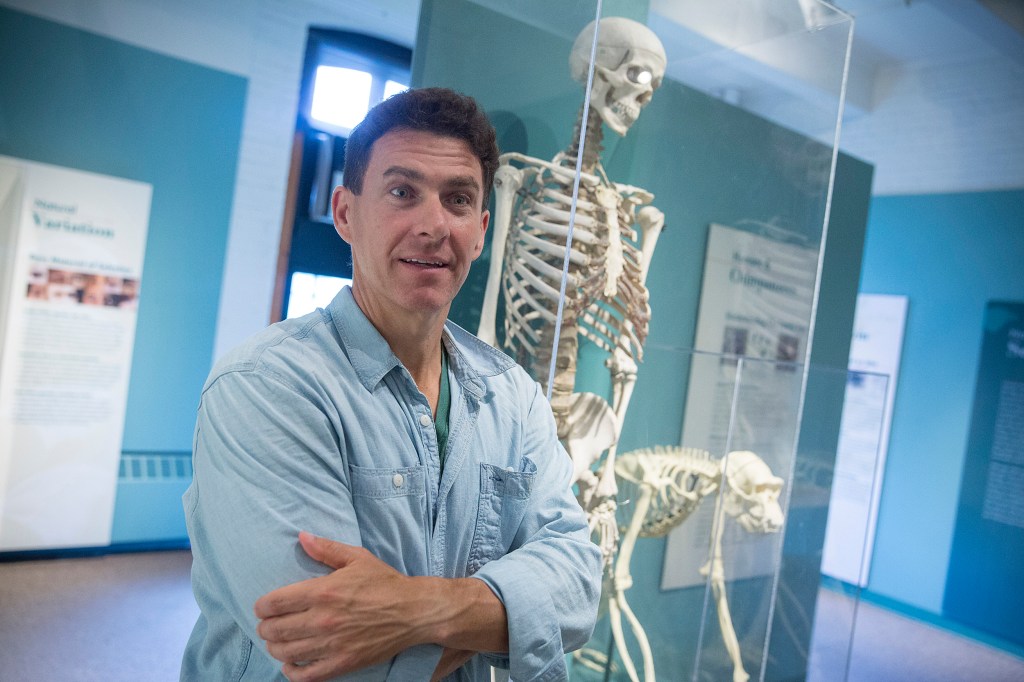
-
On the clock
Researchers have built two machine learning models that gauge biological age and predict remaining lifespan in mice.

-
Viewing flattened fossils in a new light
Harvard and Chinese scientists study Cambrian fossils using micro-CT and 3D models.
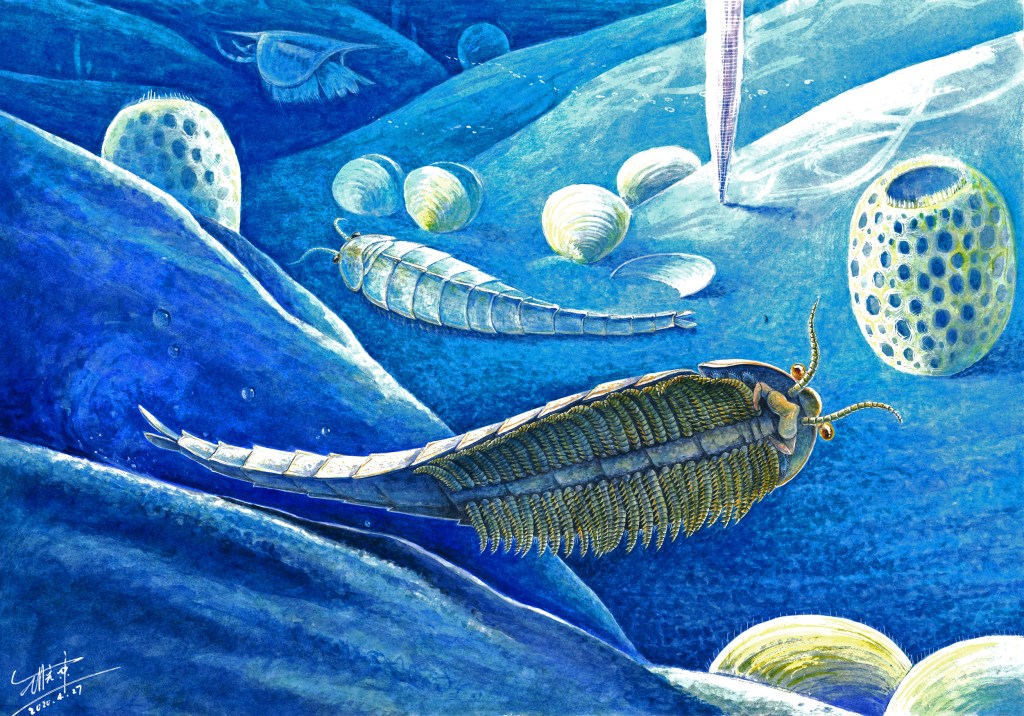
-
A cool first for Harvard
Harvard researchers become the first to cool a polyatomic molecule using light.
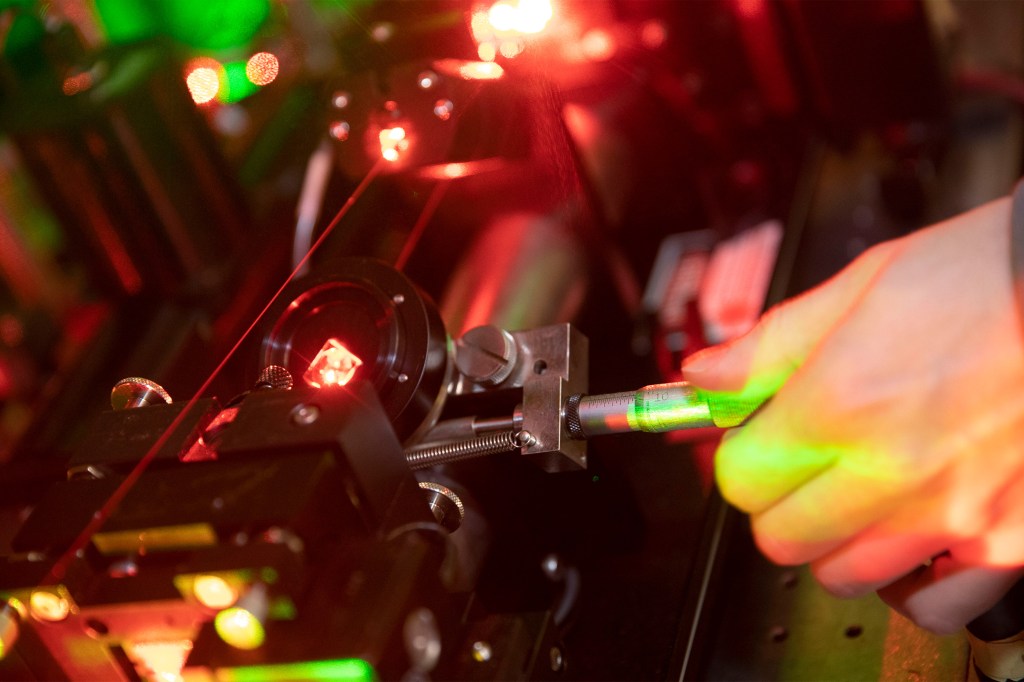
-
Inside Harvard’s COVID tracing effort
A look at COVID-19 contact tracing efforts at Harvard.
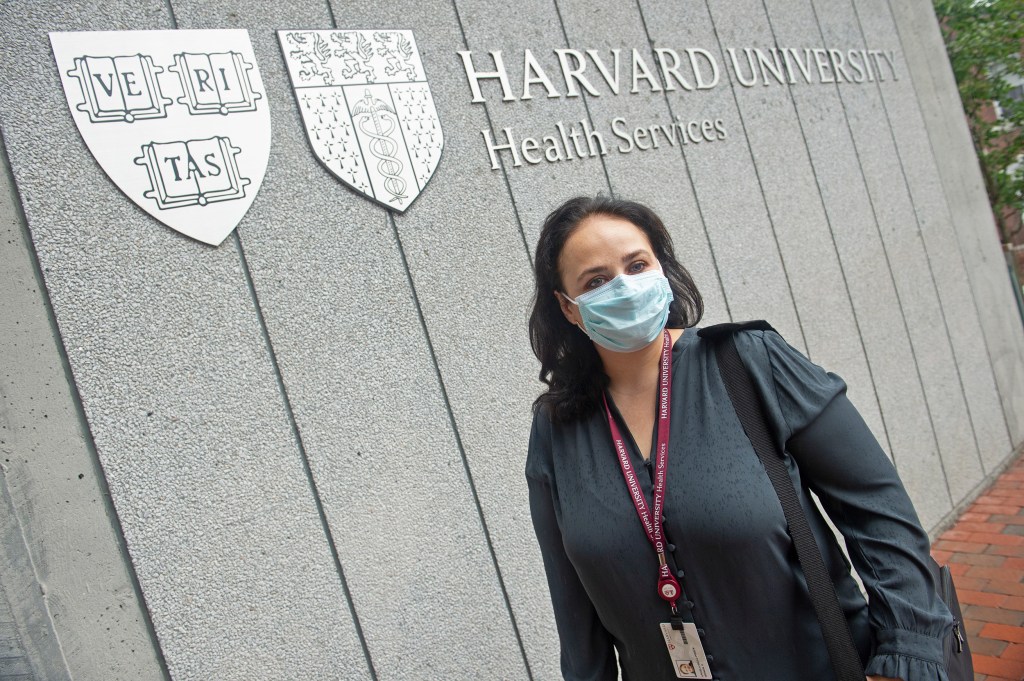
-
Students use computational biology to confront COVID-19
A team of undergrads is using computational biology to create a therapeutic that enables the body to quickly develop COVID-19 antibodies and jump-start the immune system’s battle against the disease.
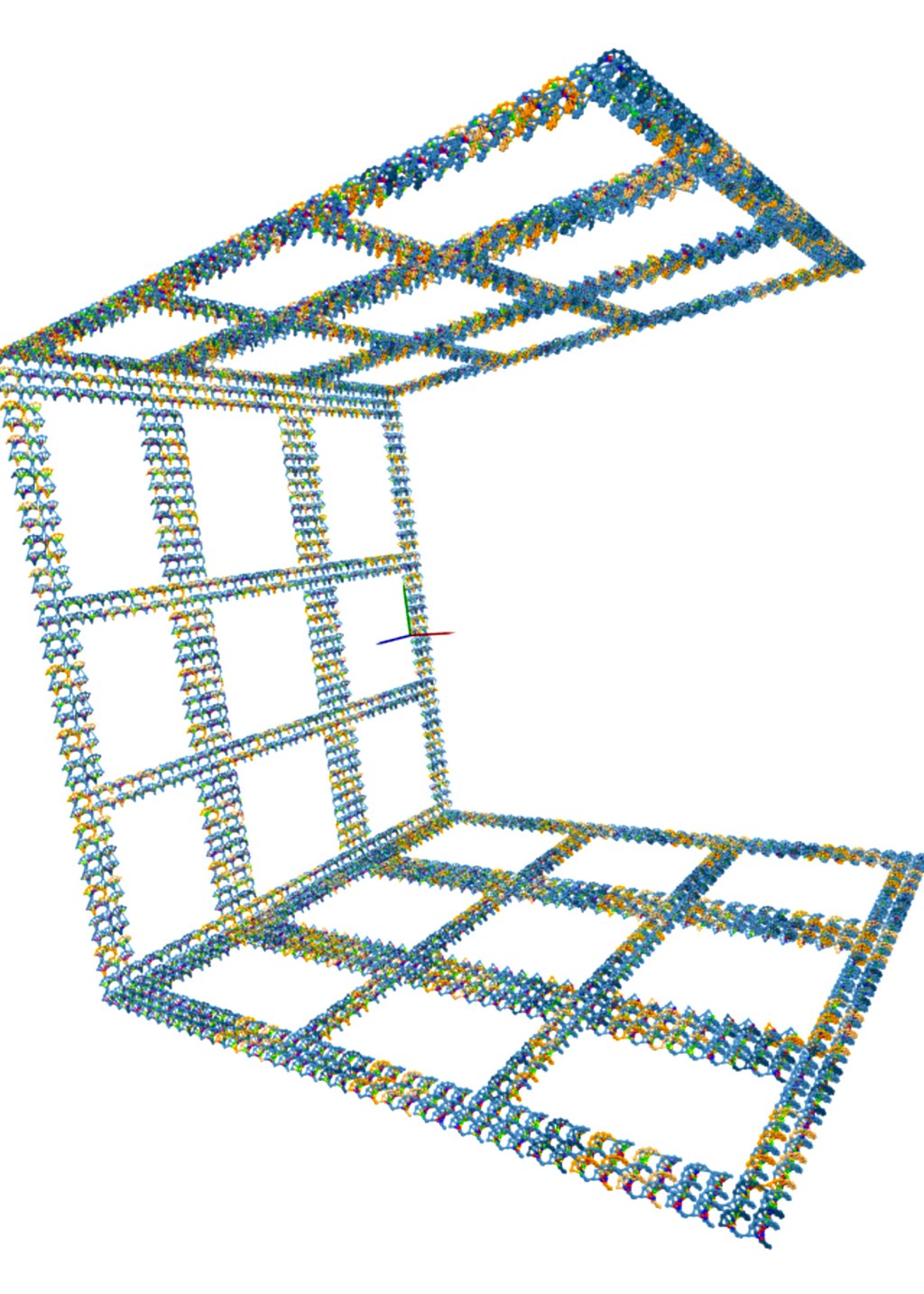
-
Far-out findings from the cosmos
CfA astronomers theorize that the solar system originally had two suns as they further research a sneezing star and ‘Oumuamua.

-
Imagine clothing that stretches or shrinks to fit you
SEAS researchers have developed a material made from recycled wool can be 3D-printed into any shape and pre-programmed with reversible shape memory.
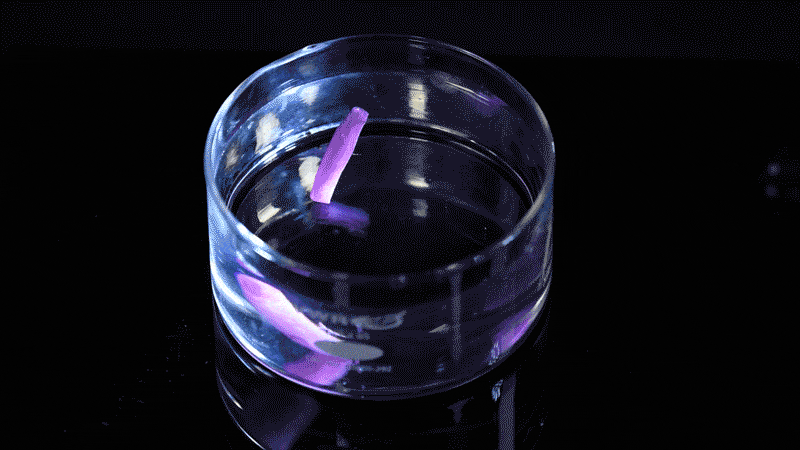
-
Differing diets of bonobo groups offer insights into how culture is created
According to new study, bonobo hunting tendencies show proof of culture
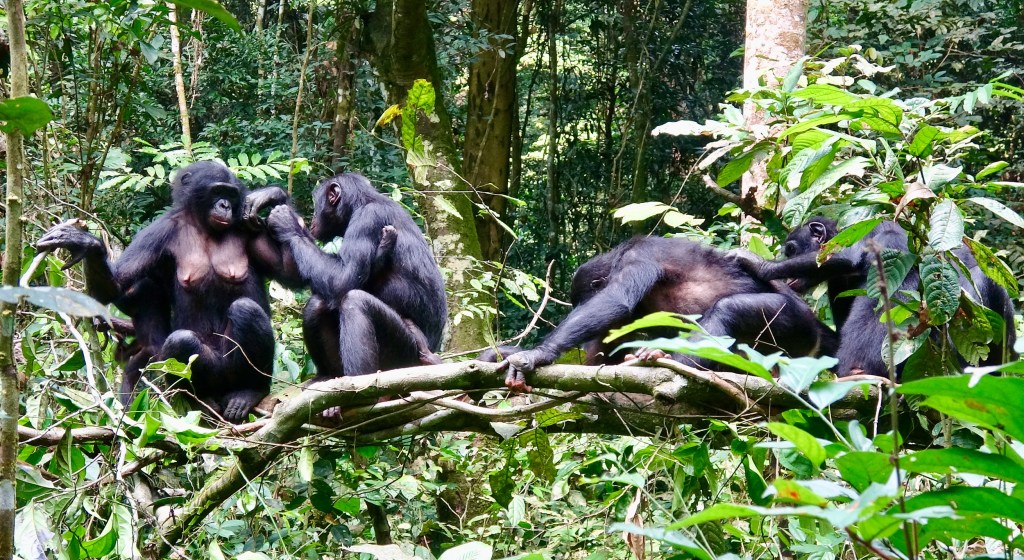
-
Where the wild things are — now that humans are locked down
Researchers led by Christian Rutz, 2019–2020 Grass Fellow at the Radcliffe Institute for Advanced Study, are examining human impact on wildlife using data collected during the pandemic quarantine.
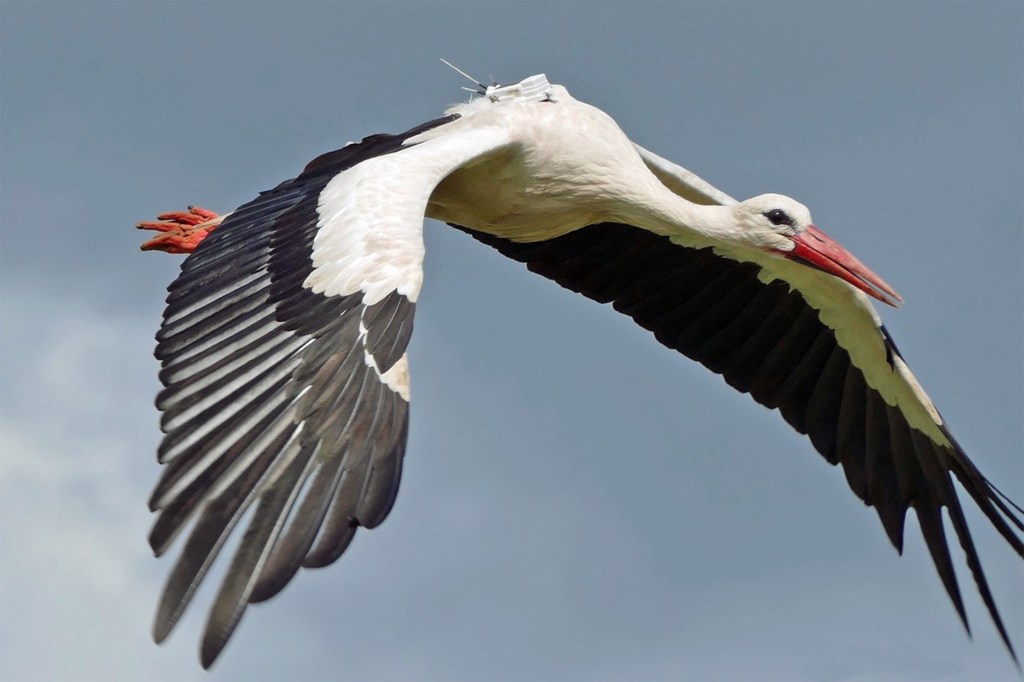
-
Synthetic lining in small intestine may help treat diabetes, obesity
Researchers have developed a synthetic lining that could deliver drugs in a sustained way to the small intestine, offering hope for those suffering from lactose intolerance, diabetes, and obesity.
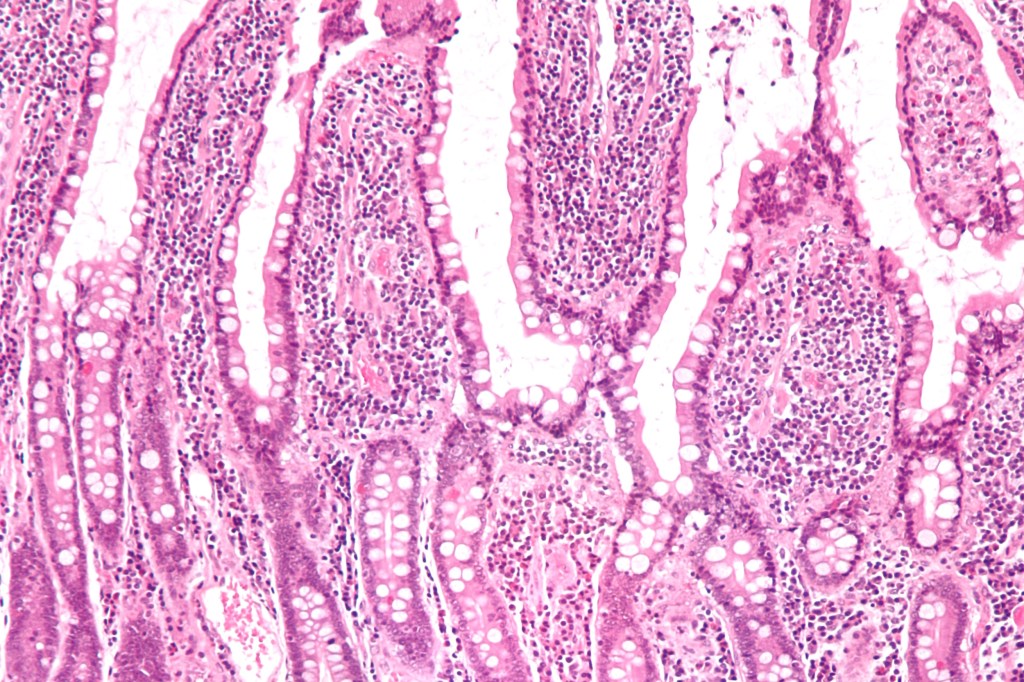
-
Cutting surgical robots down to size
In a collaboration between Harvard and Sony, engineers have brought surgical robotics down to the microscale by creating a new, origami-inspired miniature manipulator to improve precision and control.

-
How caffeine changed the world
The seductive powers, dark history, health benefits, and harmful side effects of the world’s most-used drug, are included in Michael Pollan’s new audiobook, “Caffeine: How Coffee and Tea Created the Modern World.”

-
Putting a crown on OMNIVAX
A biomaterials-based infection vaccine strategy shows first promise in eliciting immunity against SARS-CoV-2 and could be applied broadly to stave off infectious disease.
